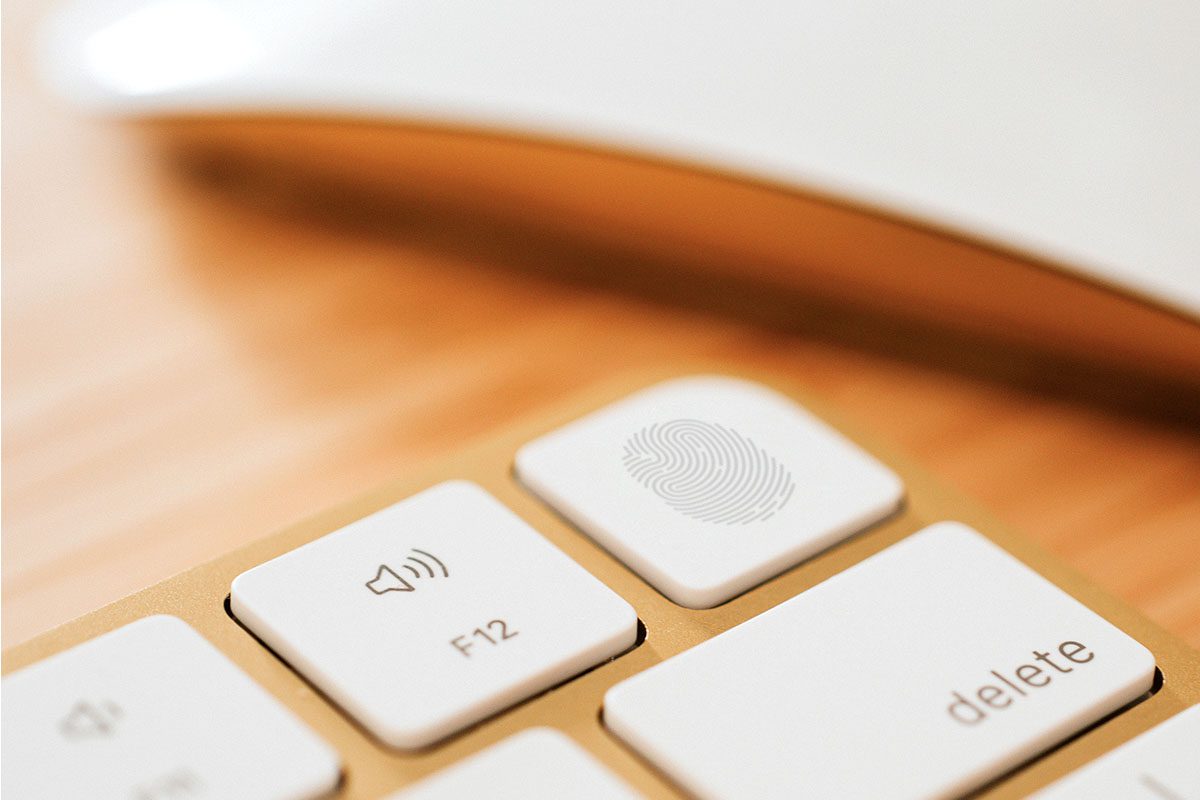Technology is developing very fast, and digital retail and payment software is taking advantage of the rapid adoption of biometrics by consumers to include it in the checkout process. The security of card details and user identity data are key elements of the checkout process and, as such, biometrics seem to have a long way to go as a method of authentication.
We have all experienced such a situation at one time or another when standing in a supermarket checkout queue. After having selected the necessary products, we have stood in the checkout queue and had to wait. But what is one of the main reasons for these waits? The payment processes.
Some consumers choose to pay for their purchase with cash, exchanging money with the checkout staff, making payment a slow and tedious process, where they either must search for the exact amount in their wallet or wait for change.
Other digital consumers opt to pay for their purchases by card, either by inserting into the terminal and authenticating themselves with their PIN code, or by using NFC technology and their contactless card, without the need to enter their code if the amount is less than €50, which makes the payment process faster.
Finally, there are the shoppers we might call “early adopters”. These are those who have been the quickest to adopt biometric user authentication and who use their mobile devices to finish their purchase processes. They only need to bring their device close to the terminal and confirm the payment through facial or fingerprint identification, speeding up queues and avoiding long waits.
What are biometrics?
Biometric recognition is the automatic authentication of individuals through certain biological characteristics, focusing on certain unrepeatable and irreproducible physical traits of individuals. This is where the added value of biometrics lies, in the uniqueness that retinas and fingerprints give customers to identify themselves at the time of payment. It may be the case that two people share an email password, the unlocking pattern of their smartphones or the PIN of their card. However, no one shares their fingerprint, which makes biometrics a secure process.
Biometrics as a method of authentication
The most common use of biometrics in payment methods is to verify the user when making a transaction, as the authentication of the buyer focuses on corroborating that he or she is the person he or she claims to be. On January 1, and after an extension, the European PSD2 regulation came into force, which obliges online merchants to authenticate their buyers with at least two of the following three factors:
- Methods based on elements known to the user: A clear example of this type is a password, a PIN code, or the answer to a question with previously provided information.
- Methods based on items owned by the buyer: The items owned by the user that are typically used for authentication are mainly mobile devices or computers to which a one-time code is sent by email or SMS.
- Methods based on what the user “is”: It is in this type of authentication that biometrics come into play, where the buyer uses personal, irreproducible, and inherent traits such as a fingerprint or facial identity to confirm the payment being made.
Sipay, a payment platform that helps merchants to sell more, believes that an innovative merchant is one that ensures the constant security of its customers, without neglecting the payment experience and addressing this major challenge through the implementation of innovative technology such as biometric authentication. Offering a secure, fast, and simple checkout process for the user is a key differentiating factor that increases conversion rates and customer loyalty.



